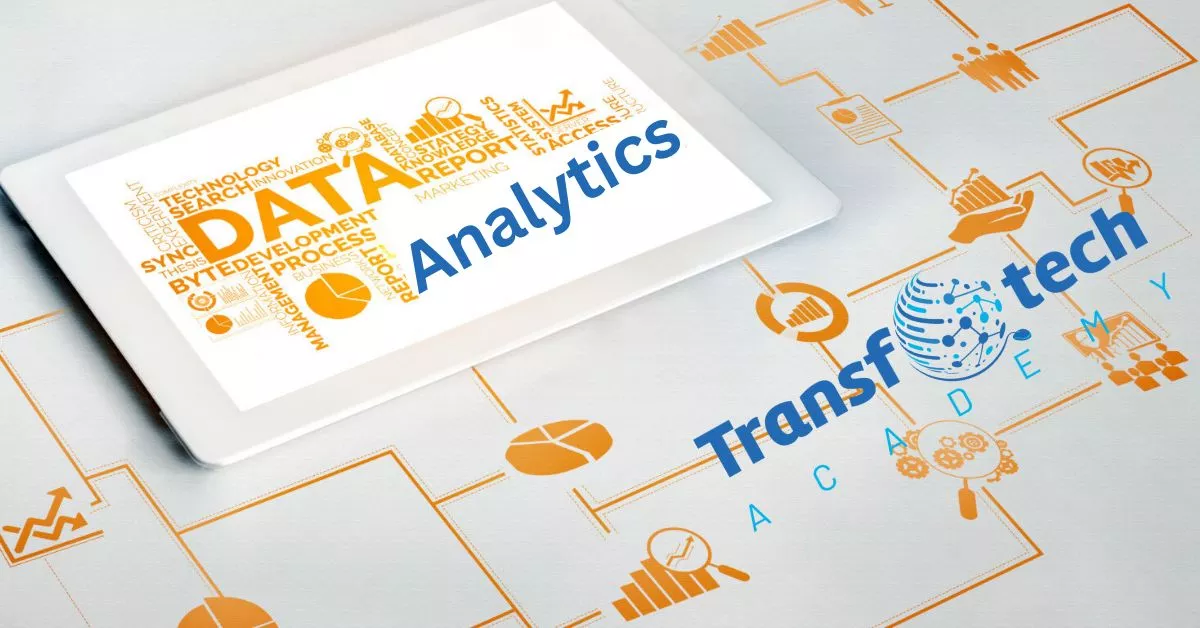The fact is that software development is a fast-paced process. Businesses are always under pressure to deliver higher-quality, more reliable applications faster. That is what Quality Assurance (QA) does, and the main role of QA is to make sure software does what it is supposed to do. But even quality assurance is changing, and Artificial Intelligence (AI) is emerging as a game-changer.
QA is not all about automating test scripts in AI. While it’s not a glamorous topic, it’s all about working more effectively: making smarter choices, finding bugs early, and reducing time spent on repeat tasks. Whether you’re a seasoned QA Guru or just entering the tech industry, understanding how AI is impacting QA can provide valuable insight.
What is AI in QA Testing?
Ultimately (no pun intended), AI in Quality Assurance is about applying machine learning and natural language processing to test software. Unlike typical tests, which are usually manual or basic automation, AI tools can learn over time from data and can even predict where bugs are likely to occur.
Picture this: rather than writing hundreds of test cases, an AI tool scans your code and decides what to test. Or it notices patterns in previous bugs and flags similar risks in your latest build. It sounds like something out of science fiction, but it’s actually happening right this minute.
But AI is not a replacement for human testers. It enables them to take control by eliminating the repetitive and time-consuming tasks, enabling testers to tackle the more creative, strategic and nuanced tasks.
AI in your QA pipeline can make an impact:
Speed
AI creates and executes tests much faster than manual methods, making it an excellent fit for teams that work in agile or DevOps and have rapid release cycles.
Better Coverage
AI can comb through massive codebases to identify under-tested areas; nothing falls through the cracks.
Fewer Mistakes
AI isn’t in the mood to snack or take breaks. It consistently and precisely performs tests, with no risk of human error.
Smarter Defect Prediction
AI can look at historical data and patterns and (in theory) predict where bug hot spots might appear in future software builds. Testers can focus on those high-risk areas and improve the overall efficiency and quality of the software.
More Efficient Teams
Let AI do the mundane tasks, while your human QA team can focus on edge cases, user behavior, and more complex scenarios.
Lower Costs
Speed, precision and efficiency translate into money savings. Forget about bloating your budget for better software.
The Six Categories of AI in QA Testing
You don’t just use AI in quality assurance (QA) testing; it goes through the paces and develops. Every stage develops from the last, progressing from manual human labor to systems that pretty much operate themselves. The Flesch-Kincaid reading ease score of that trip summary, here in a humanlike approximation, represents how testers typically make this transition: And here’s a breakdown of the journey represented in human terms to explain how testers experience this transformation.
Step 1: Manual/Automation Testing at Your Fingertips
And so it all starts, the old way. Testers sit at their workstations, create test cases manually, then run them one at time, based on their own know-how and project specs, and have a keen eye for finding bugs. It is time-consuming, repetitive, and can feel slow and frustrating, trying to move through heavy mud. But don’t dismiss it — manual testing excels at exploratory work and in more complicated situations that automation isn’t quite ready to handle yet.
Stage 2: The Early Days of Automation
In this category, teams are trying out automation using tools like Selenium or JUnit. We pass off scripts repetitive tasks, such as running the same login test a hundred times — thus saving time and reducing human error. It’s quicker and more accurate than manual testing, but don’t get too excited. These scripts require constant babysitting, tinkering, updating, and fixing when something in the app changes. It’s a step beyond, but still smart it is not.
Stage 3: AI as an Assistant Takes Over
Now things get cool. Here’s where A.I. comes into the picture — not to replace, but to assist. It arranges past test results, code updates, and bug reports to signal where things are likely to break. It’s as if a very smart assistant leaned over and whispered into your ear, “Hey, that module — let’s check it. It’s been a bit flaky in the past.” However, testers still have the final say — that is, until they are given this superpower to cut through the noise, which, in turn, would save them hours of manual investigation.
Stage 4: AI as a True Partner
Now the AI is not just making suggestions but getting things done. Now it dynamically adjusts your test cases as the app evolves, identifies higher risk areas and goes so far as to suggest new tests you might not have considered. It is like having a team member who is always learning, who can predict problems, who keeps things on the right track. AI and testers are in alignment, collaborating to make testing more efficient and effective.
Stage 5: AI Takes the Wheel
Here the AI is in charge. It writes test scripts, decides which tests to run, runs them and optimizes the entire process without constant supervision. The testers are still involved but now their role is more as big picture strategist, not pushing buttons, steering the ship. It’s a game-changer, releasing time for people to concentrate on the things that genuinely need a human touch and creativity.
Stage 6: Self-repairing QA Systems
Yeah, so this is the holy grail, of QA testing. And when a test fails, like when a button’s ID changes in the UI, the AI doesn’t just mark it as broken; it corrects the test. It gets to the bottom of the problem and proposes solutions and continues to learn from each little hiccup.” It’s like having an always-on QA system that is constantly tuning and improving to maintain efficiency. Testers serve more as coaches, channeling a system that’s almost self-sustaining.
Each of these stages is a leap forward in how we think about QA testing. From grinding it out manually to collaborating with an AI that feels like it’s practically thinking for itself, it’s a road that is reshaping how we guarantee quality in software.
How to Use AI in QA Testing
Are you ready to start testing the waters with AI? Here’s a practical roadmap:
Pick the Right Tools
Begin with software like Testim, Applitools or Functionize. Each has its own unique feature sets, for specific QA requirements.
Start Small
Begin with a small project, such as regression testing or UI checks, to begin to explore how AI can help but without completely overhauling the way you do things.
Clean Your Data
AI’s enormous value can be realized only when it’s fed clean, trusted data and without it, even the most intelligent models fall flat. Ensure that your historical test and defect data is both useful and applicable.
Upskill Your Team
The best tool in the world becomes worthless if your team doesn’t know how to use it. Train and allow to practise.
Keep Improving
Keep an eye on how things are going with AI and adjust as necessary. With time, the AI will only become better by learning from more data and feedback from users.
What’s Next? Future Trends in AI for QA
The future is looking bright for artificial intelligence (AI) in quality assurance. Here are some trends to watch:
Artificial Intelligence Driven Exploratory Testing: AI could start to lend a helping hand for testers in an unscripted exploratory test.
Prediction-Informed Test Automation: Perhaps AI is predicting which tests to execute based on previous code commits and their effects?
Natural Language Test Writing: Testers write in simple English, and the AI code will interpret and execute content.
Hyper Automation: Hyper automation is where artificial intelligence (AI) is blended with robotic process automation (RPA) for full end-to-end testing automation.
Smart Bug Fixing: New tools may not only identify bugs but recommend fixes in real time.
DIVE INTO AI IN QA WITH TRANSFOTECH ACADEMY
AI in QA: Staying Ahead of the Curve or Getting Left Behind? To be blunt, “staying abreast of” just doesn’t master the now, it’s about shaping the future of software testing. That’s where Transfotech Academy comes in.
Our courses are tailor-made for the QA space of today. You’ll also learn to use actual AI testing tools and work on live projects, with guidance from industry specialists. Whether you’re new to QA or if you’re looking to expand your skills, our training courses apply theory with practical, hands-on experience.
We’re not just teaching here; we’re pointing you to a future that’s both meaningful and successful. Transfotech Academy is here for you — all the way from flexible schedules to résumé help and job pairing.
Upcoming Courses
- AI Powered Full Stack QA Testing Course
- Cybersecurity Engineering: Penetration Testing with Generative AI
- AI for Work: Leveraging AI in Modern Workplace
Enroll now to build a strong foundation and advance your career in cybersecurity with Transfotech Academy.
Final Thoughts
AI is transforming QA for the good. It speeds things along, minimizes mistakes and supports teams in delivering better software. But, most importantly, it liberates testers to do what they do best, think critically and solve problems.
If you’re interested in future-proofing your QA career, take the time to understand where AI fits into the overall picture. Transfotech Academy is the perfect place to start.
FAQs
Q1: Is it difficult to learn AI in QA testing?
Not really. With hands-on training and the appropriate direction, such as what we provide at Transfotech Academy, it’s actually very attainable.”
Q2: Will QA Engineers be replaced by AI in the future?
No. AI aids testers, but does not replace their judgment, creativity, or domain knowledge.
Q3: Is it necessary to have coding experience to learn AI in QA?
Some basic knowledge is useful, but not necessary. There are plenty of tools available for less code-savvy testers.
Q4: How could I become a professional in AI-based QA?
Begin by signing up for a bootcamp like Transfotech Academy’s AI Powered Full Stack QA Testing course. Learn by doing, and then apply what you’ve learned in real life!
Q5: What are the most useful tools to know for AI in QA?
Some of the best software are Testim, Applitools, Katalon Studio, Test. AI, and Functionize. Numerous of these are covered in our courses.
So you want to future-proof your QA career with AI revolution? Join Transfotech Academy and get into the world of the smart testing!






